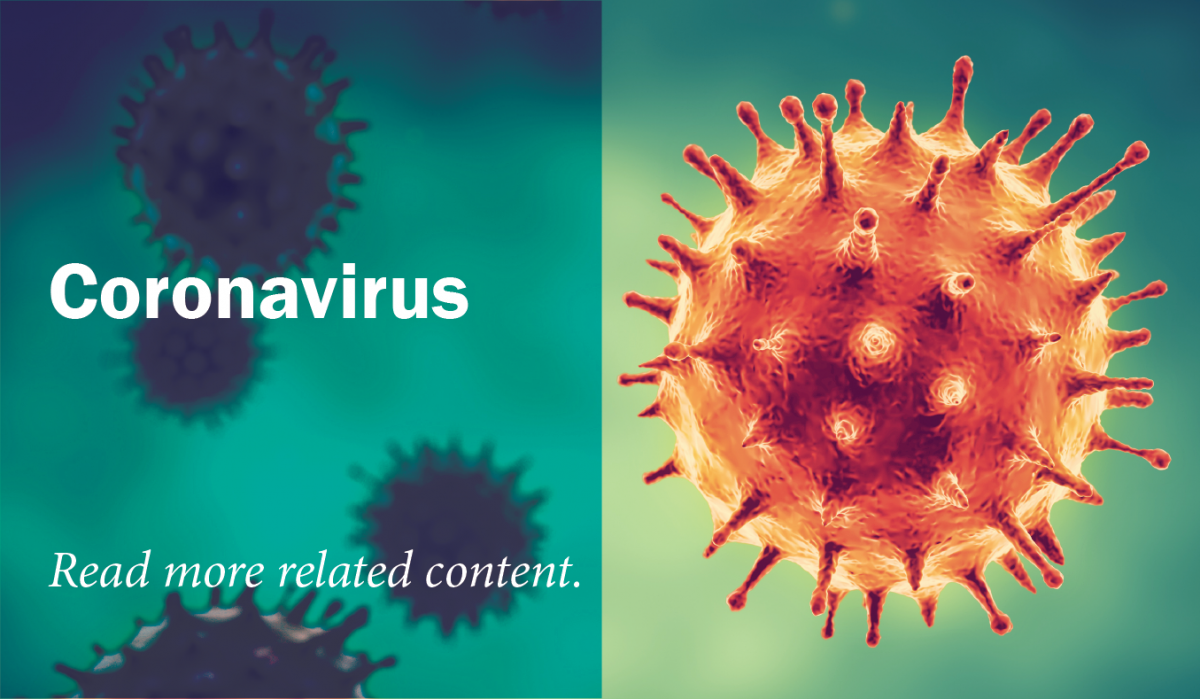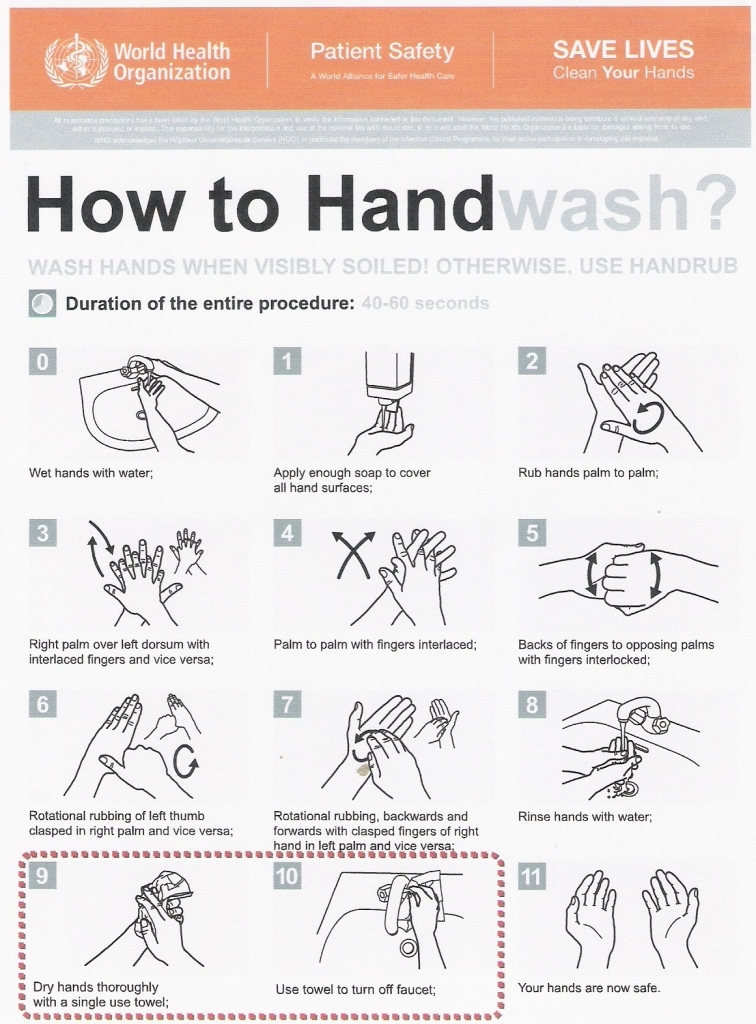How to Use Communication as Medical Intervention
 The Coronavirus pandemic requires a whole-of-government response, because this public-health crisis challenges every aspect of our daily lives. We have focused on how to retool supply chains, support those now out of work, and how to bolster healthcare systems. Countries like Germany have boosted their testing capacity swiftly and tremendously. But in North America and Europe, we have neglected a crucial method to mitigate the coronavirus outbreak—communications.
The Coronavirus pandemic requires a whole-of-government response, because this public-health crisis challenges every aspect of our daily lives. We have focused on how to retool supply chains, support those now out of work, and how to bolster healthcare systems. Countries like Germany have boosted their testing capacity swiftly and tremendously. But in North America and Europe, we have neglected a crucial method to mitigate the coronavirus outbreak—communications.
Communications policies in a public-health crisis are as crucial as medical intervention. In fact, they are a medical intervention. Below is a guide to identifying problems associated with current pandemic communication and how to use communication to save lives.
Public officials are rightly using daily press conferences to update journalists and the population at large. But if they are going to relay updates to the public, they must be prepared to ask themselves questions and think through best practices, such as the following.
-
Who should speak? Public-health officials, doctors, and nurses are among the most trusted people everywhere. Use them to spread messages. Put nurses in front of the microphone. Politicians should introduce them to give them a higher profile, and then get out of the way.
-
When should they speak? To start—daily press conferences. Problem: fancy new terms like “social distancing” overcomplicate things. Explain simply!
-
Practice what you preach. In one press conference, President Donald Trump told people not to gather in groups of more than 10— but he had 16 people around him. Even better than holding press conferences live—hold them virtually. Show people, don’t just tell people. Otherwise they will wonder, “Why can they still go out, but I cannot?”
-
Answer citizens’ questions. If governments are going to stick with press conferences, they should let citizens tweet in questions live. Public officials should open themselves up to understanding their citizens’ anxieties and not just answering journalists.
But press conferences alone will not cut it. They are overused and they do not stack up against the problems public officials are facing. Here is why:
- Many target groups will never listen to a press conference and may read little news.
- It is extremely difficult to change people’s actions through communication. We overestimate effects all the time.
- People are anxious.
- People have very little time as they deal with kids and care for the sick.
- Trust in politicians, many news outlets, and social media are all very low. There are differing levels in different countries, but no country’s citizens all trust the same sources.
On to solutions: What type of information do we need?
-
Public-health authorities need to create or use simple graphics with instructions. A good example is this graphic on handwashing from the World Health Organization.

-
Write short articles and posts with bullet points. Many people barely read past headlines of newspaper articles. The best e-mails are around 150 words. Keep anything written clear, use lots of space on the page, and provide good graphics.
-
Pairing visuals with text really helps. “Dual-coding” theories of cognition say we remember better when we receive information from two independent, but inter-connected channels (visual and audio, for example). An even better option is videos with audio and subtitles.
-
Types of graphics and presentation matter. Figures like flow charts, timelines, and Venn diagrams are more memorable than bar charts, graphs, maps, and tables. Include colors. Include easily recognizable distinct objects like people or animals. Weirdly, governments and international organizations use diagrams very rarely compared to media. There is a big disconnect between what trusted public-health authorities communicate and how they communicate it.
-
Be honest! This cannot be emphasized enough. Tell people what we do and do not know. Much panic stems from fears that officials are hiding something. That breeds an atmosphere where rumors flourish. Present clear, transparent statistics, like this dashboard of the coronavirus outbreak in Singapore.
-
Create different materials for different channels—threads for Twitter, posts for Facebook, videos for YouTube, and TikTok videos, all delivering similar messages in different ways. This is obviously labor-intensive and requires some skill to avoid looking ridiculous.
Who should create the info and how should they disseminate it?
-
Public-health authorities in Canada have C$50 million for public education. The same is true in many other places. Hire young people who know how to use social media! They can do so much better than older generations. Trust their skills.
-
Hire some journalists, video editors, and graphic designers. Recognize that the old methods do not work that well and never did. Be willing to ask excellent communicators who do not necessarily know anything about health.
-
Celebrities have been key to raising awareness. Tom Hanks and Idris Elba contracting coronavirus made more people care. Elba’s video announcing his diagnosis got 32.8 million views on Twitter. By comparison, videos of the U.S. Center for Disease Control and Prevention (CDC) get over 500,000 if they are lucky. Liverpool FC coach Jürgen Klopp telling people to listen to health experts, not him, is also a great message. Compile a wish list of celebrities in sport, music, film, and comedy as well as social media influencers for different demographics. Get them information so they can communicate to fans.
-
Other keys—employers, brands. Everyone is getting dozens of e-mails a day from companies about the coronavirus. Why not write some boilerplate health advice for them to include? Or a simple graphic to distribute.
-
Where there are public broadcasters, they should do public-service announcements every 30 or 60 minutes. Where there are not, the authorities can ask private channels to air ads for free or to offer a discount, or just pay them. Ask Netflix and other streaming services to include a public-service announcement at the start of every show. Services like Spotify already including a pop-up whenever you turn on the app. Coordinate this to reach as many people as possible through as many apps as possible. Use newspaper ads—why not?
-
Use text-message systems to update people. Panic flourishes in a vacuum. Daily updates are reassuring, not frightening. South Korea provided updates through radio, TV, newspapers, and texts sent through a secure number.
-
Work with social-media companies. They are doing better at combatting false information and price-gouging ads than in the past. But there are still lots of problems, and this may get worse as they rely more on artificial intelligence to keep content moderators at home. They could be asked, for example, to provide:
- A box on landing pages with graphics/links to the CDC or other health authorities,
- The amplification of trusted voices, as Google is doing with YouTube, and
- A real crackdown on fraudulent ads and price gouging.
Communications will only go so far. But if public officials do it well, it really can save lives.